The Article
ARCAM MUSO: Tough Speakers With Cuddly Corners
25th September 2017
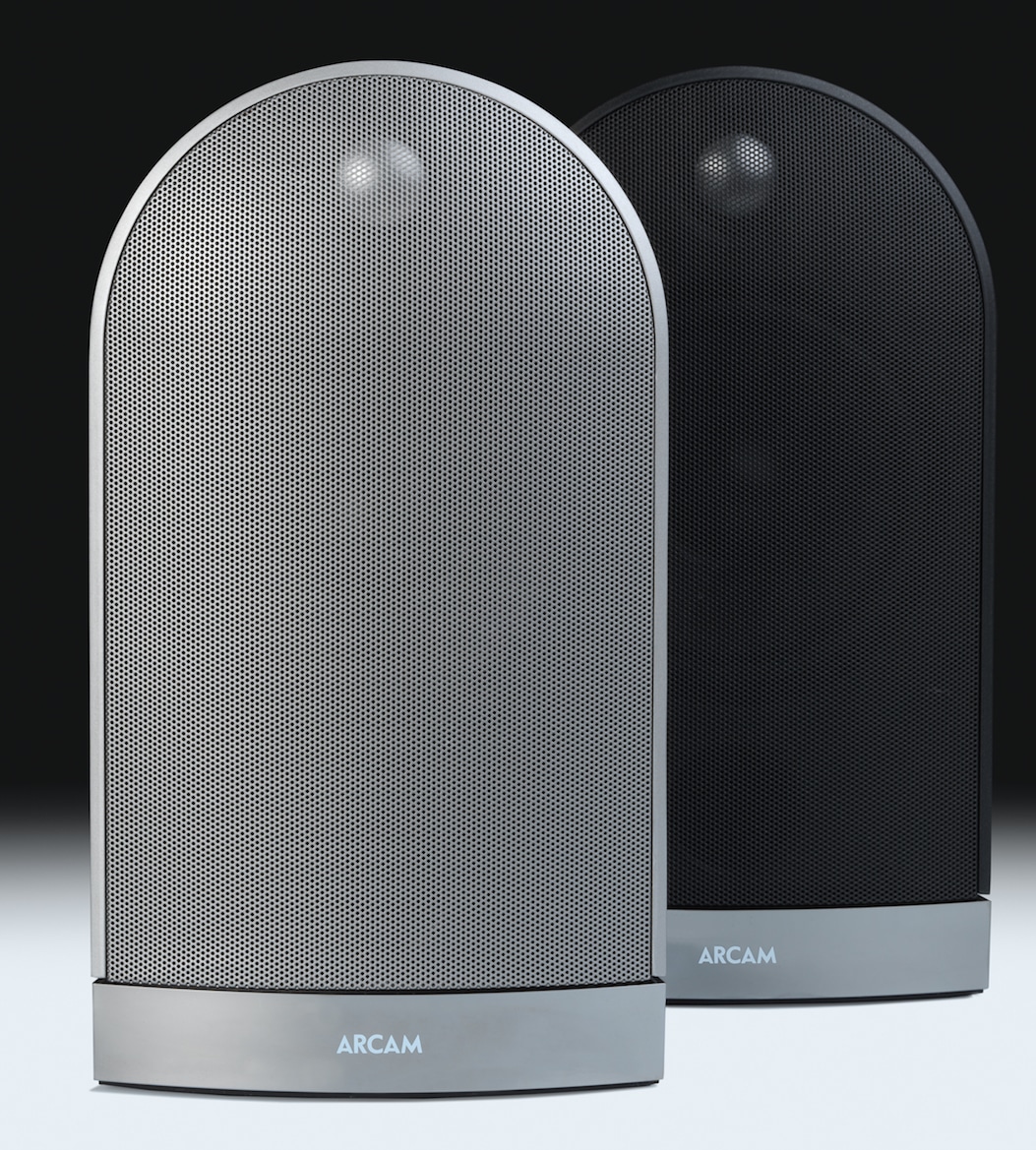
Looking for a pair of hardy and robust speakers? Paul Rigby might just have the thing as he reviews Arcam’s Muso stereo pair
The Muso speakers were actually designed to complement the Solo Movie and Music systems, but I wondered what they would be like, standing on their own two feet. This is the problem with reviewing a package, you don’t get to the core of each component’s personality. Hence, the Muso speakers were thrust into my reference system for a full work out.
And a work out is what they look to be able to handle with some aplomb. The 125mm mid/bass cone is a proprietary paper-pulp and fibre sandwich cone. The 25mm Muso tweeter, meanwhile, is a pure aluminium dome affair. As with the main driver, sound passes from the tweeter both forwards and backwards. The rear surface of the tweeter is damped to, says the company, “…significantly [reduce] distortion…”
The chassis is a good looking aluminium die-cast which looks, head on, rather like a church window. It’s that curved top which gets me into spiritual mode. That chassis is relatively thin while those curves prevent standing waves building up inside. Speaker wadding further damps internal reflections. Additionally, the walls are lined with adhesive vibration damping material.
There is a front-facing port, this means that the Muso speaker can be used close to walls. Apparently, the port is bent internally and is custom moulded with thick side walls to support itself with minimal vibration.
Those looking for wall-based positioning will be happy to learn that you can grab a matching wallbracket. You’ll find 4mm, 5-way, gold plated binding posts on the rear.
Spanning 150 x 270 x 165mm and weighing in at 3kg, the Muso speakers have a sensitivity of 83db.
SOUND QUALITY
To begin, I turned to prog rock from 1970 ad the band T2. I selected their Decca album, It’s All Work Out in Boomland with the track In Circles.
First impression from the Arcams was of a fresh and open nature of the soundstage. There was plenty of room to manoeuvre for detail. This was highlighted well by the quiet introduction from a strumming acoustic guitar. the metallic edge of the plucked strings were precise and meticulously portrayed by these speakers.
That said, you wouldn’t describe these speakers as neutral. Part of the reason for the guitar precision is because there is a spotlight shined upon the midrange. Don’t mistake this description as finger-pointing harsh brightness. The effect never reaches that far. The upper mids do move towards a slight forwardness, though, which means that part of the drum kit has a slightly clinical and hard edge to it, removing the organic nature of the sound to give a slightly digital response.
In terms of detail? There was lots of it. Lifting the midrange a bit also lifted all of that subtle and often shy information which the ear found easy now to recognise and enjoy. That included the sometimes muddy double tracking effect on the lead vocal which the Arcam lifted and opened up wonderfully. Other details included rhythm guitar work and the treble-infused cymbal taps which were sharp and full of resonance.
Bass had a depth and punch but it was the upper regions of this frequency which benefited most from the Arcam’s voicing. These lower frequencies were lifted a touch, honing and shining the bass, adding a crisp punch. This also meant that the bass guitar was lifted from the lower regions of the mix to take a fuller part in the overall mix.
I then changed to a jazz-infected song and Nat King Cole’s ballad, Time And the River from the LP, Looking Back. This song suffers a touch from some inherent compression which can make the Cole vocal a tad pinched in the upper mids.
That compression remained here but the Arcam also opened up the soundstage sufficiently to allow the ear to also enjoy the famed smooth nature of the Cole delivery. That expansive soundstage also allowed the backing vocals room the stretch and open up. This harmony group can often be squeezed by the lead vocal and backing instruments. Here, the Arcam allowed these voices time to express themselves properly, adding a depth and rich flavour to the overall arrangement.
Despite the hardening nature of the electric rhythm guitar, it did retain a bounce and vigour while secondary percussion was precise and detailed in nature.
There is a problem with this product. If gauged in terms of raw sound quality, the Muso pairing is over-priced. Competition in this sector is frightening and better pure sound quality can be had for less. On that basis alone, I would have given the Muso speakers a lower rating than I have. That said you really have to look at the Muso speakers as a special case. Almost as a design in a specialist sub-sector. Firstly, the speakers are aimed at the lifestyle Solo Movie and Music systems as well as the accompanying subwoofer. Hence, the Muso speakers are really meant to be part of the Solo modular system. That or, indeed, in another lifestyle and/or family situation. In this role, the speaker’s superb build quality and attractive design will be able to stand the day-to-day knocks and pass the aesthetic tests that many standard, hi-fi, boxy speakers would fail.
CONCLUSION
Compact, well built and oozing confidence in its robust chassis, the Muso speakers are ideal for an energetic family environment, student accommodation and other areas were knocks might be a risk or an issue. Yes, the overall sonic personality might head towards the strident and some ears might suffer in terms of listening fatigue but the precision and insight in terms of digging deep into the mix to scour for detail will appeal to many. Well worth a demo.
ARCAM MUSO SPEAKERS
Price: £398
Web: www.arcam.co.uk
Tel: 01223 203200
GOOD: build, strong chassis, detail insight, punchy bass, spacious soundstage
BAD: slightly strident midrange, clinical treble
RATING: 7
REFERENCE
Rega Planar 3
Ortofon 2M Red MM cartridge
Trichord Dino phono amplifier
Rega Brio-R integrated amplifier
Spendor S3/5R2 speakers
Harmonic Resolution Systems Noise Reduction Components
All vinyl was cleaned using an Audio Desk’s Ultrasonic Pro Vinyl Cleaner


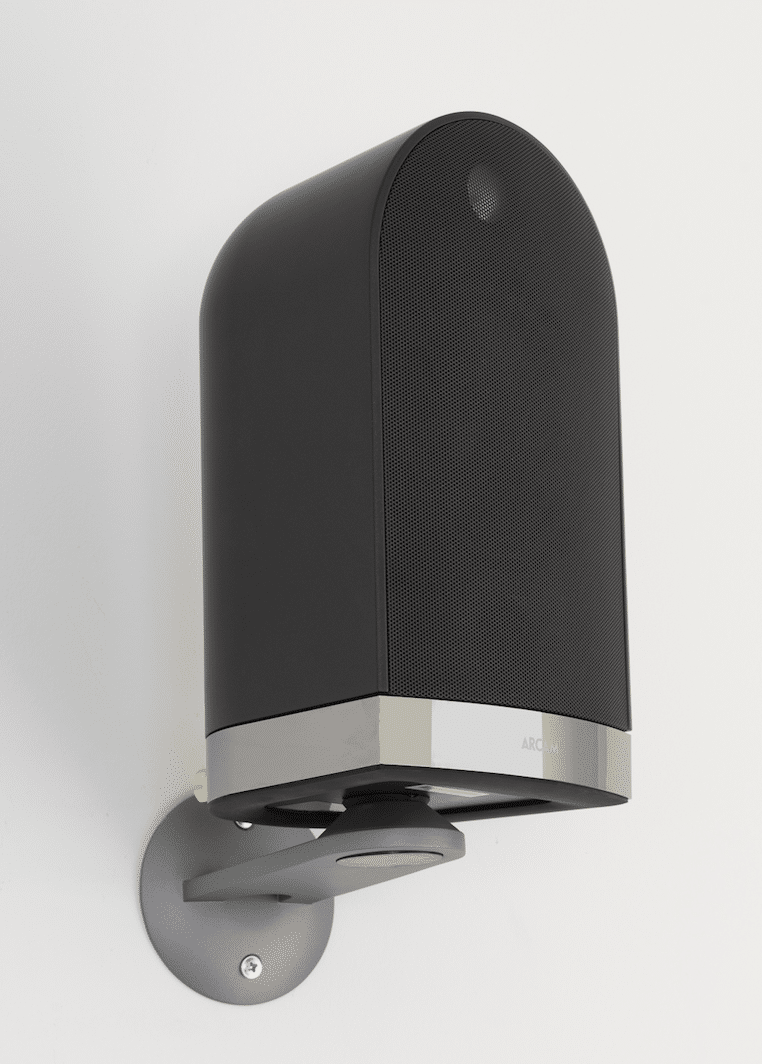
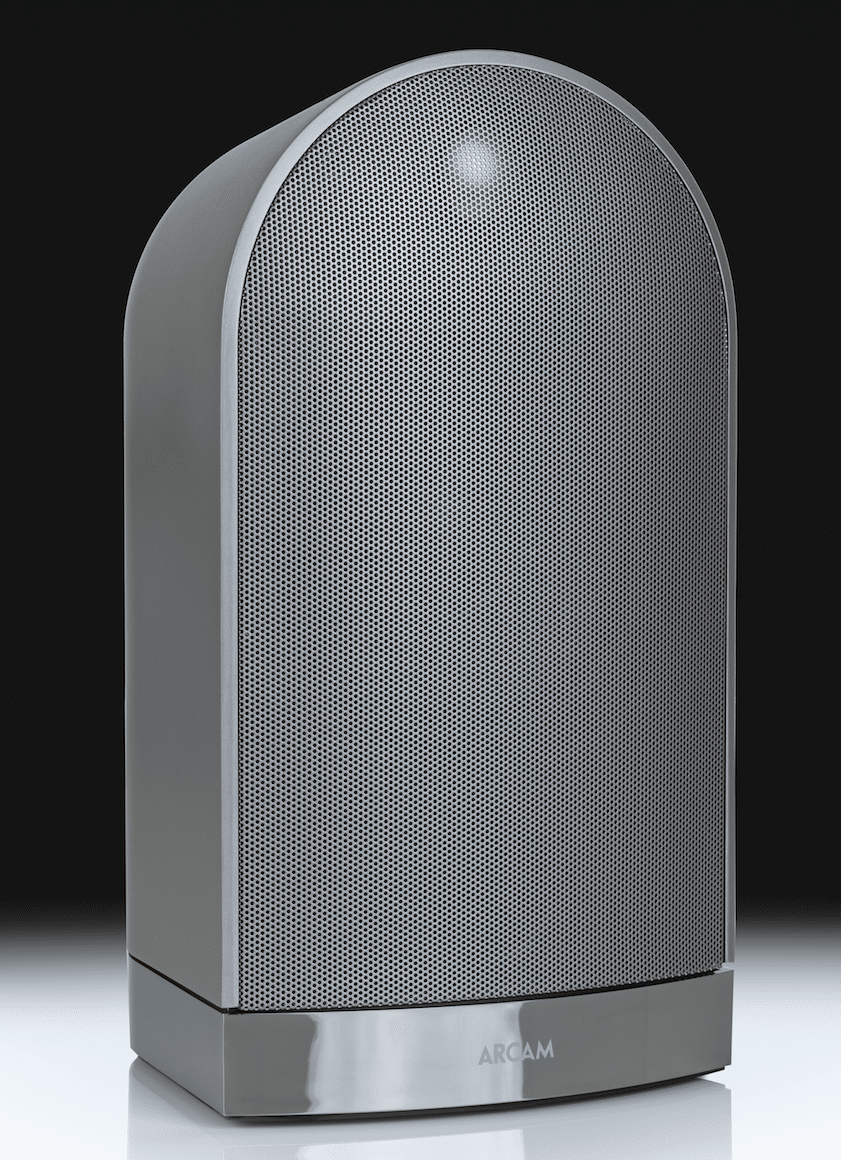
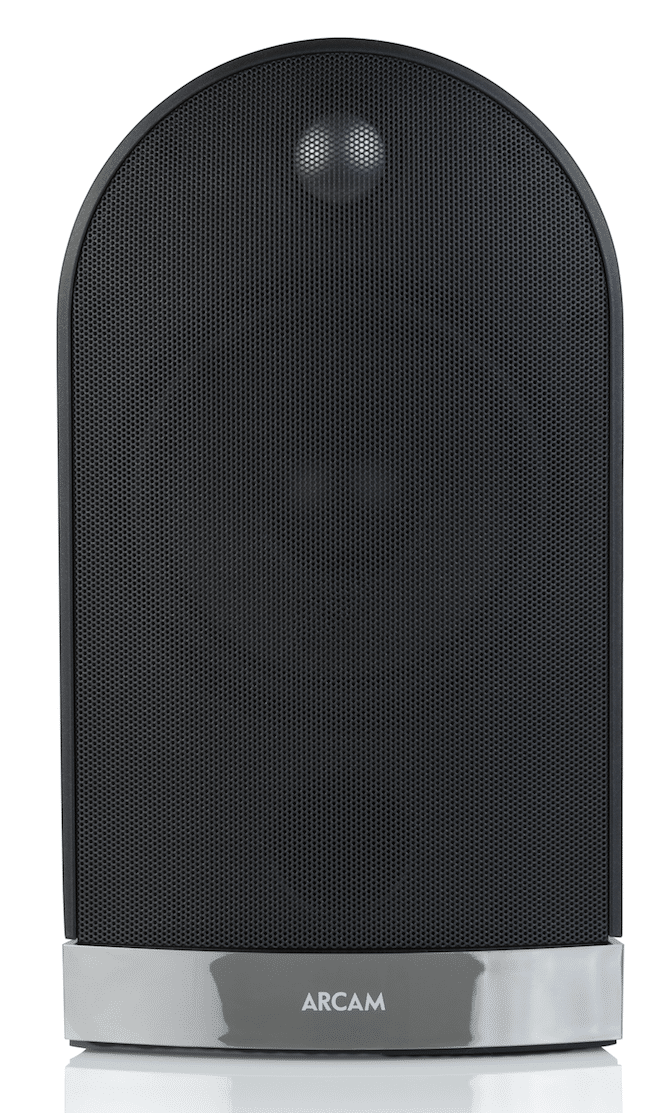
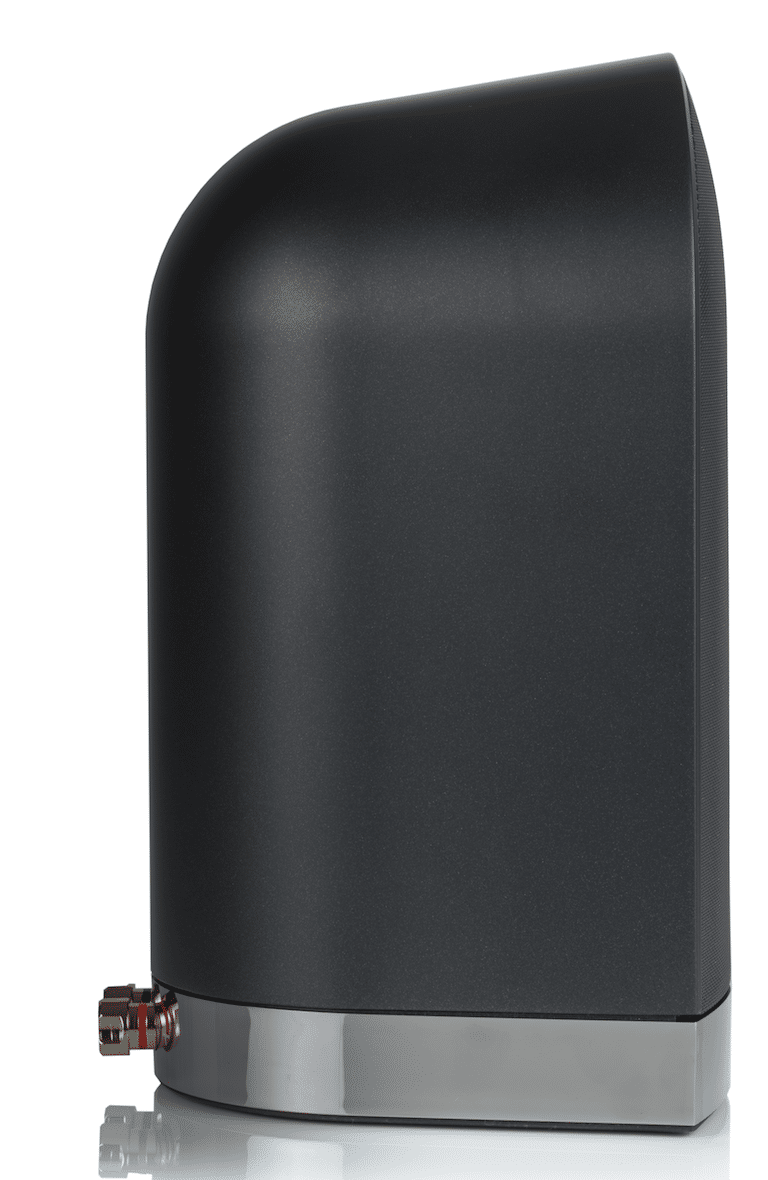
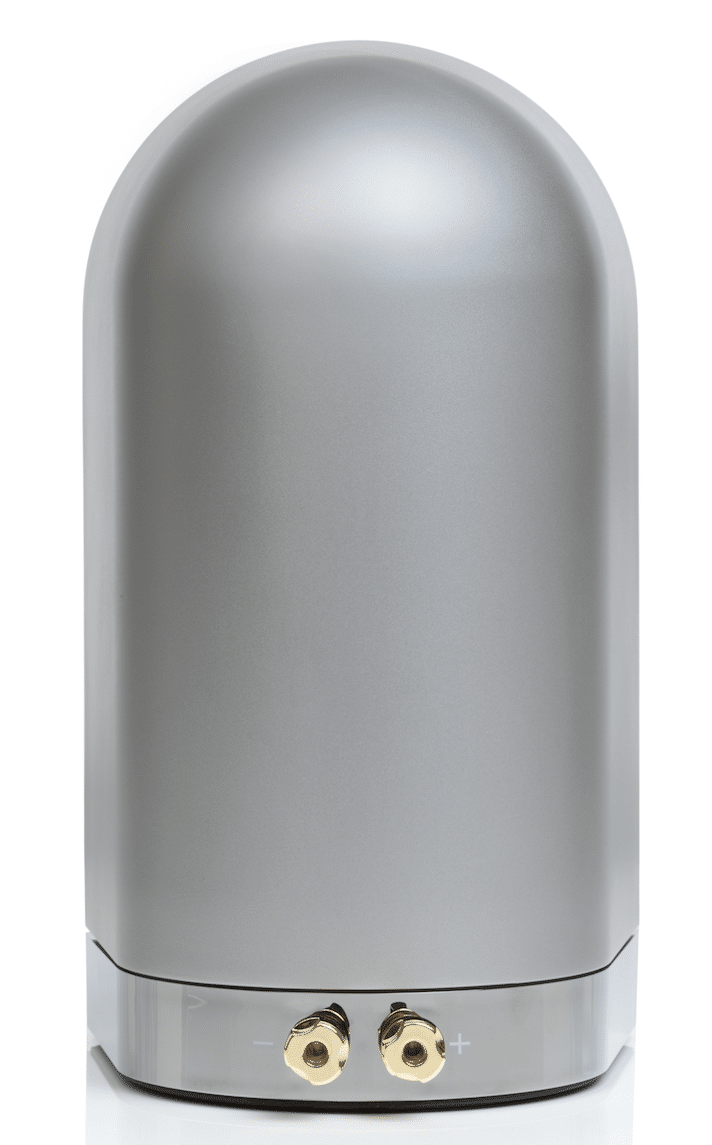

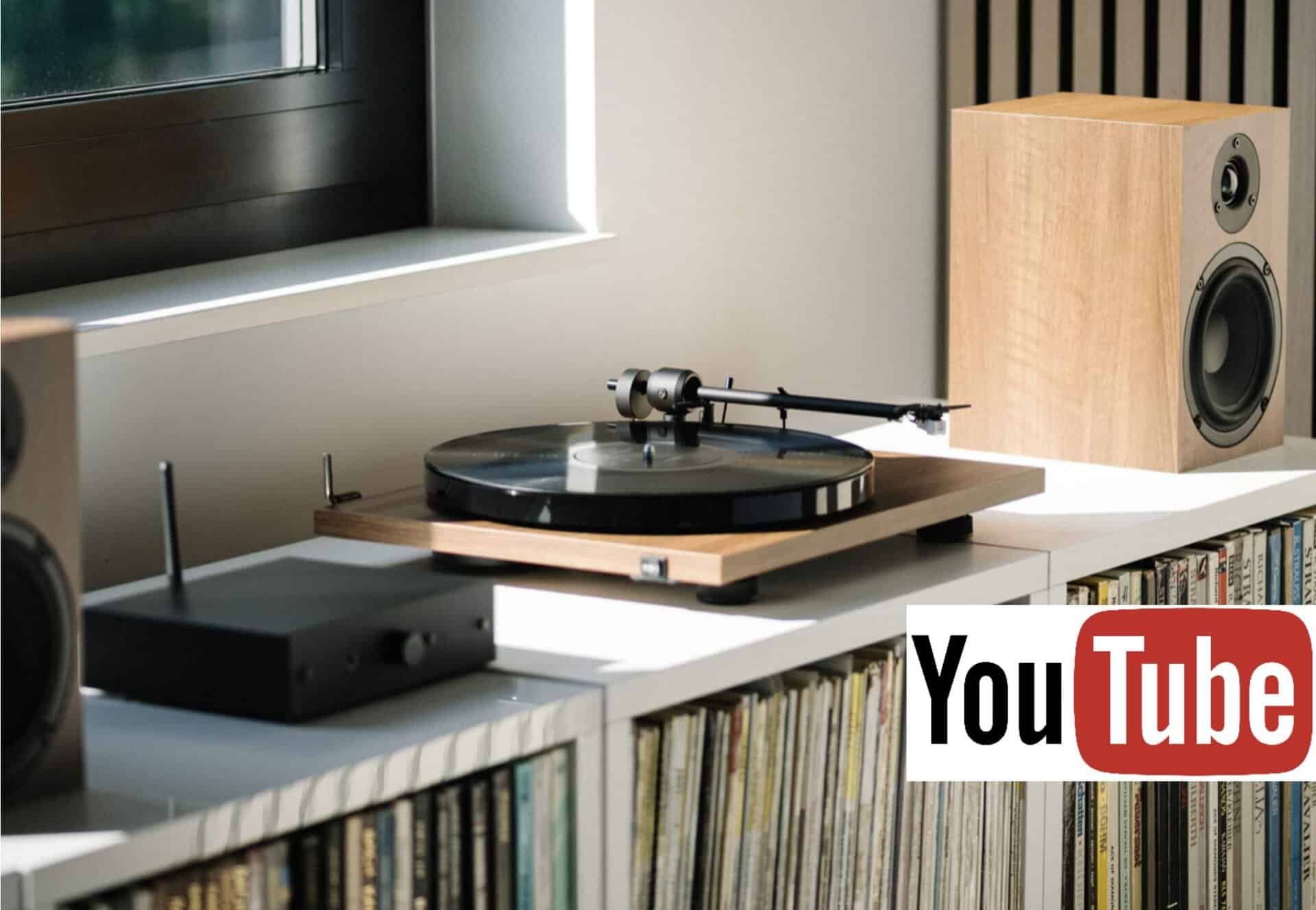
Great review. These at £99 or q acoustics 3020’s at £120 to link with a turntable and Marantz Amp?
Thanks David and 3020s.
Many thanks. I prefer the look of the 3020’s but was swayed by the reduction in price of the Arcam’s.
I already have a 5.1 set of Q acoustics 3010’s which I picked up for loose change and they are phenomenally good for the cost.
Again, thanks for the great review. I wonder if you could tell me if I should go for these for £69 or q acoustics 3020’s at £120 to link with a D class amp please?
Unless you’re after the sonic signature offered by the Muso, I’d go for the 3020s in general sound terms, John.
Thanks for the advice Paul.